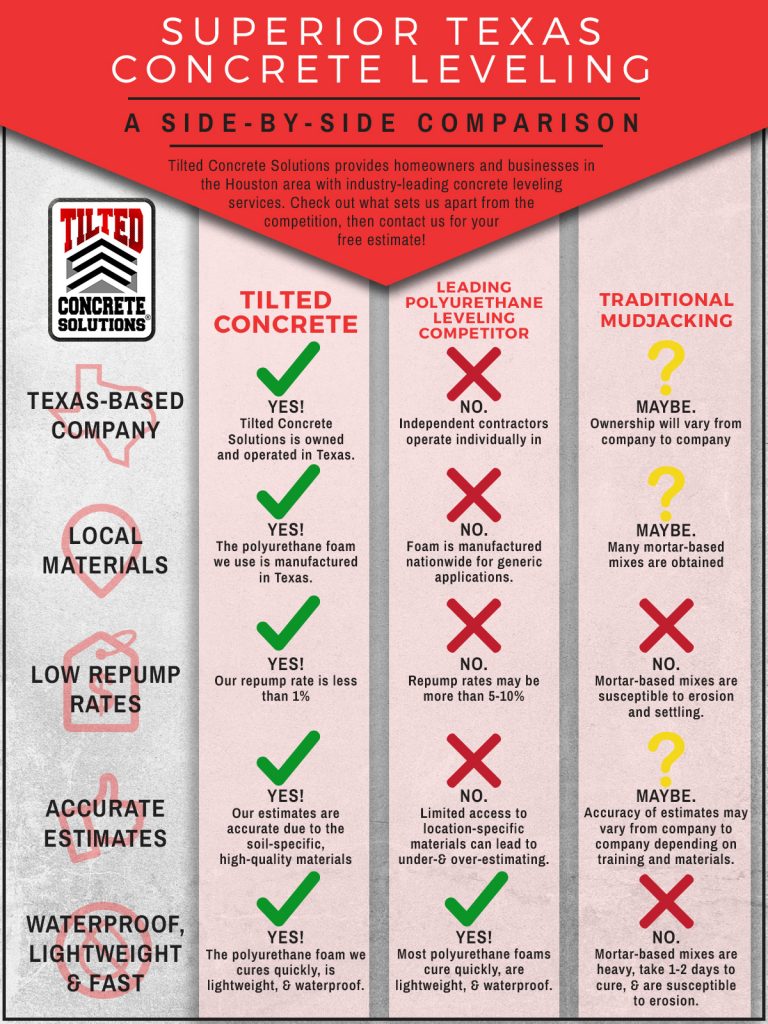Discover The Influence Of Seasonal Components On The Efficiency Of Industrial External Paint And Recognize The Optimum Times To Accomplish Long-Lasting Outcomes For Your Project
Discover The Influence Of Seasonal Components On The Efficiency Of Industrial External Paint And Recognize The Optimum Times To Accomplish Long-Lasting Outcomes For Your Project
Blog Article
Team Author-Carlson Rosendal
When you're preparing an industrial external paint task, seasonal aspects can make or break your results. You'll want to take into consideration how temperature and moisture impact paint application and drying times. Picking the appropriate period can ensure your paint sticks properly and lasts longer. Yet which seasons are genuinely the best for this type of work? Allow's check out the crucial elements that can affect your task's success.
The Effect of Temperature Level on Paint Application
When you're intending a business exterior paint job, the temperature level can significantly impact exactly how well the paint sticks and dries.
Preferably, you want to repaint when temperatures range between 50 ° F and 85 ° F. If it's as well cold, the paint might not treat appropriately, causing issues like peeling or fracturing.
On the flip side, if it's too hot, the paint can dry out too rapidly, avoiding proper adhesion and resulting in an uneven finish.
You should likewise take into consideration the moment of day; morning or late afternoon provides cooler temperatures, which can be much more beneficial.
Constantly inspect the manufacturer's recommendations for the specific paint you're utilizing, as they frequently supply support on the optimal temperature array for optimal outcomes.
Moisture and Its Effect on Drying Times
Temperature level isn't the only ecological aspect that influences your commercial external paint task; humidity plays a significant function too. minneapolis exterior painting can reduce drying out times substantially, influencing the overall quality of your paint job.
When the air is saturated with moisture, the paint takes longer to treat, which can lead to concerns like inadequate adhesion and a greater risk of mold growth. If you're repainting on an especially humid day, be gotten ready for extended wait times between layers.
It's important to keep track of regional weather and strategy appropriately. Preferably, aim for humidity degrees between 40% and 70% for optimal drying.
Maintaining straightline house painting in mind guarantees your project stays on track and supplies a lasting finish.
Best Seasons for Commercial Outside Painting Projects
What's the best season for your industrial external paint projects?
Springtime and very early loss are typically your best choices. Throughout these periods, temperatures are light, and moisture levels are commonly lower, producing perfect problems for paint application and drying out.
Prevent summer's intense heat, which can trigger paint to completely dry as well swiftly, bring about poor adhesion and coating. Likewise, winter's cool temperature levels can impede proper drying and curing, risking the durability of your paint work.
Aim for days with temperature levels between 50 ° F and 85 ° F for optimal results. Keep in mind to inspect the neighborhood weather report for rainfall, as wet problems can ruin your project.
Planning around these elements guarantees your painting job runs smoothly and lasts much longer.
Final thought
In conclusion, intending your business outside paint jobs around seasonal factors to consider can make a substantial difference in the outcome. By scheduling job throughout the optimal temperatures and humidity degrees, you'll make certain far better adhesion and drying times. Remember to watch on regional weather prediction and choose the correct time of year-- spring and early fall are your best bets. Taking these steps will aid you achieve a long lasting and expert surface that lasts.
